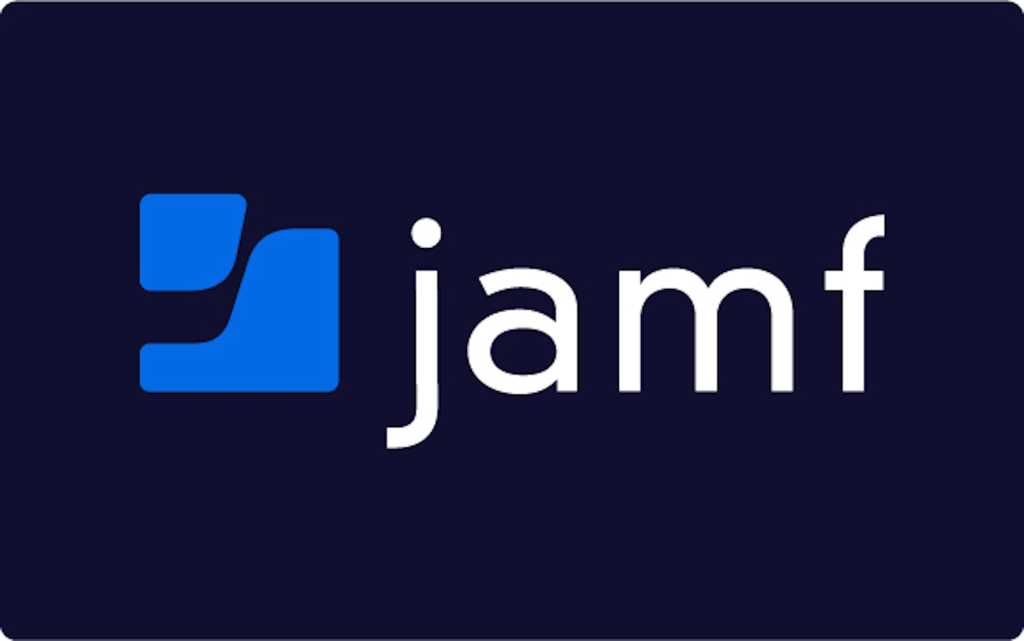
Enterprise tech is cross-platform
These days, you’ll just as easily find Macs in use beside Windows, Android devices, and iPhones in the office, so both IT and purchasing recognize it sometimes makes sense to source management tools that provide support across all of those platforms. There’s two reasons for that: it reduces overhead (more systems = more cost) and it boosts productivity (one console to rule them all).
That’s not going to suit everyone, of course. Some businesses are already all-in on Apple, and want best-in-class services ready to support all that’s new in that ecosystem. Others prefer specific tools for specific platforms, pretty much for the same reason — platform-focused tools tend to be updated faster, handle new features more swiftly, and deliver tighter integration with their chosen platform. All these reasons matter to different extents in different businesses, and each argument has its own weight. There’s no single answer; every business is different, with its own unique needs. Apple recently showed it understands that with the introduction of support to make it easier to migrate between device management vendors.
All the same, as Apple’s enterprise marketshare increases, the number of vendors in the enterprise space is also increasing. And while Jamf very much enjoys first-mover advantage as the uber-MDM for Apple in the workplace, it is arguably being flanked by competitors who already offer multi-platform support or speak more traditional languages familiar to IT. In my view, a company like Fleet has some advantage there — and it’s clear that Kandji/Iru hopes to play in that pool, too.


